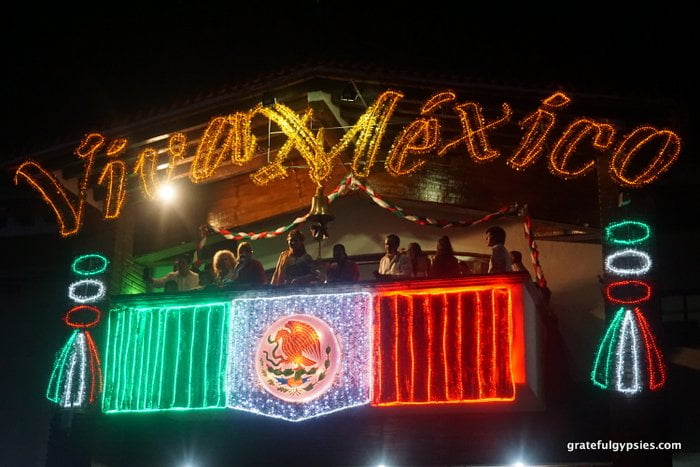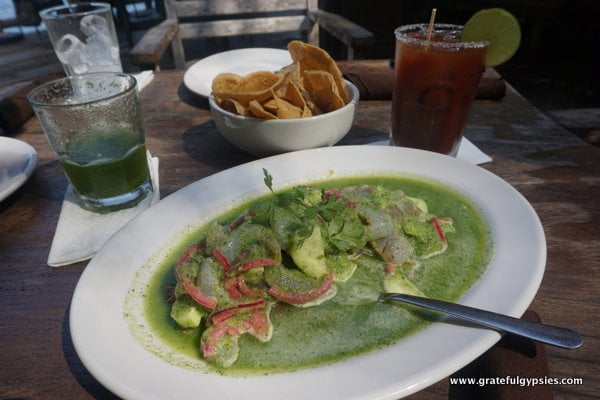Spanish words of Amerindian origin: A thriving heritage
The Spanish language is without a doubt the result of a cultural mixture dating from the 8th century A.C. onwards, from vulgar Latin to Arabic.
One of the most important moments for la lengua de Cervantes came with the first European settlements in the Americas, as that contact meant an abundant flow of indigenous words into the Spaniards’ vocabulary, which would greatly shape the colonizadores‘ way of expressing themselves in the years to come.
Toponyms are evidently the first ones to reveal the major influence of the myriad Amerindian languages encountered during the conquistadores‘ quest in the New World. At present, those place names are countless:
- Caribe, Caracas, Orinoco, Guaicaipuro (from Arawak languages)
- Bogotá (from Chibcha)
- Paraguay, Uruguay (from Guarani)
- México, Guatemala (from Nahuatl)
- Cochabamba, Chuquisaca (from Quechua)
- Chile (from Aymara)
- Paraná (from Tupi)
Next, the peculiar way of adapting the native names for parts of the settlers’ new reality is clearly shown through their evolving lexicon.
Let’s begin, of course, by looking at the words coming from Christopher Columbus’s landing point: the colorful coasts belonging to the Arawak (or Taino people) on the Caribbean Sea:
- arepa: grilled bread made with corn flour, a traditional dish in Venezuela and Colombia
- maíz: corn
- budare: a metal pan used in cooking
- caimán: alligator
- sabana: plains
- barbacoa: barbecue, rustic grill
- iguana: iguana
- huracán: hurricane
- batata: sweet potato
- canoa: canoe
- bohío: hut, shack
- tabaco: tobacco
Not to be outdone, the Quechua language comes rolling down the mountainous range of the Andes to leave its mark on modern Spanish:
- cancha: game court
- guano: fertilizer made out of excrement
- cóndor: condor
- quinua: a plant whose seeds are very nutritious
- choclo: corn
- coca: coca, coke
- morocho: a dark-skinned or dark-haired person
- chacra: farm
- carpa: tent
- pucho: cigarette butt, smoke, joint (of pot)
- caucho: rubber
- yapa (ñapa): small amount of goods given for free
Now, let’s see some of the vocabulary coming from the northern reaches of Latin America, home to the Nahuatl speakers in what is now Mexico. Of course, some of these words are worldwide recognized:
- cacahuete: peanut
- aguacate: avocado
- mapache: racoon
- chicle: bubblegum
- tamal: tamale
- chile: hot pepper
- chocolate: chocolate
- cacao: cacao, cocoa
- tomate: tomato
- hule: rubber
- apapachar: to hug, to cuddle
- coyote: coyote
In brief, a significant portion of the language used by Spanish speakers today is the long-lasting legacy of the Americas’ original inhabitants.
To learn more about the Amerindian origins of Spanish words, check the following websites:
Las primeras palabras latinoamericanas que entraron al diccionario de la Real Academia Española (RAE)
75 quechuismos forman parte del idioma español
Which word in your language could be traced back to a different culture or people from yours?
About the Author:Anais
Hello, Spanish learners! My name’s Anais. I’m a Venezuelan freelance translator living in Argentina. I’m a culture and language freak and such a big foodie! I’m thrilled to share my language and culture with all of you and, why not?, some recipes of our traditional delights, too. Stay tuned, guys! 🙂
Posteado en Spanish Articles (Facebook)






